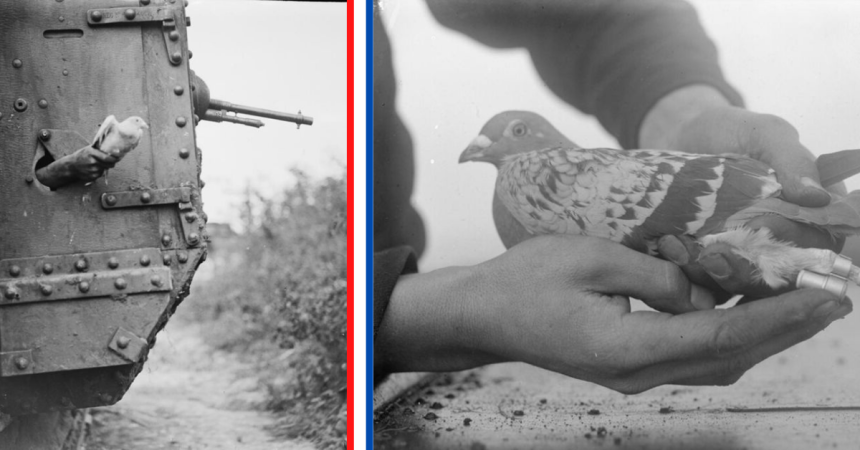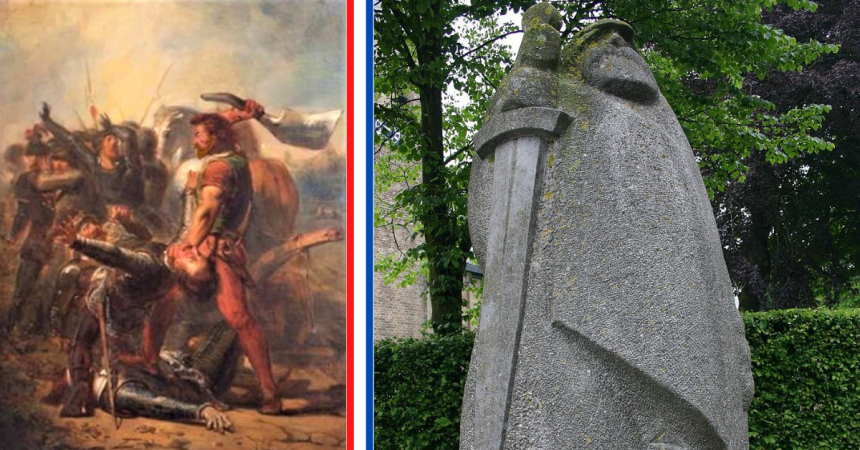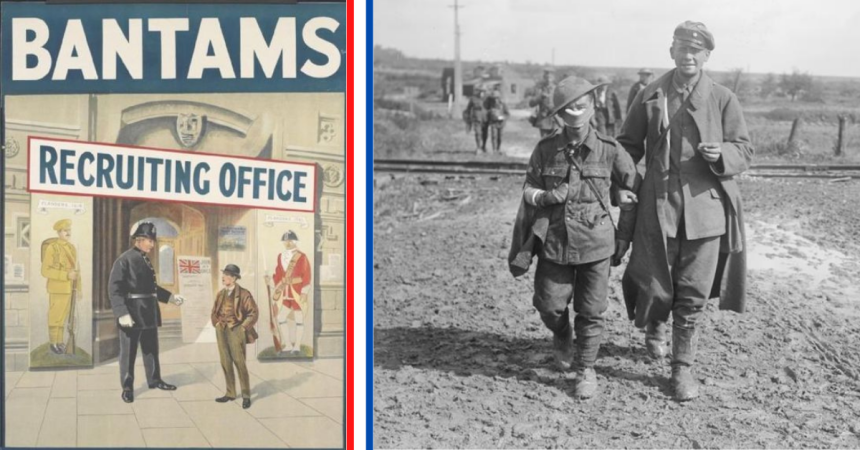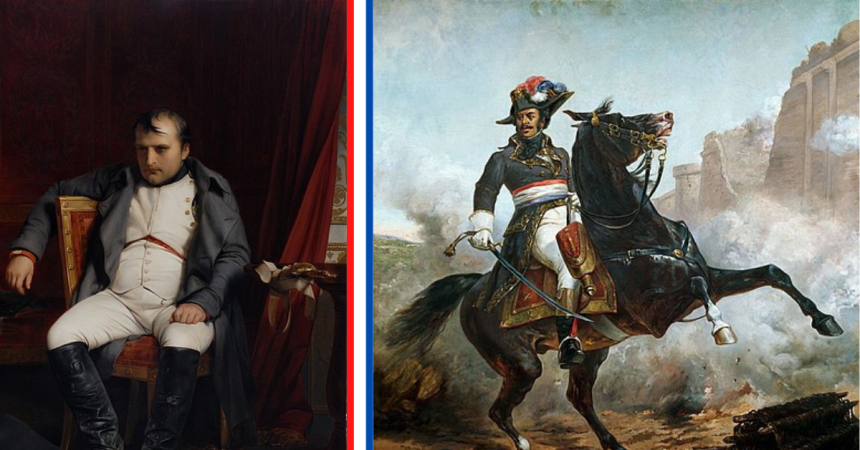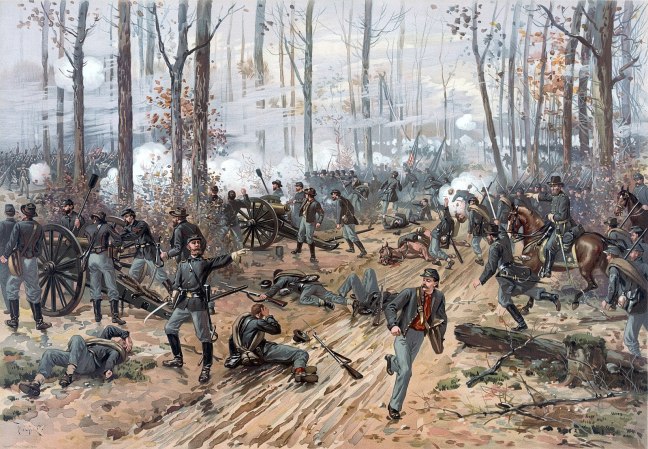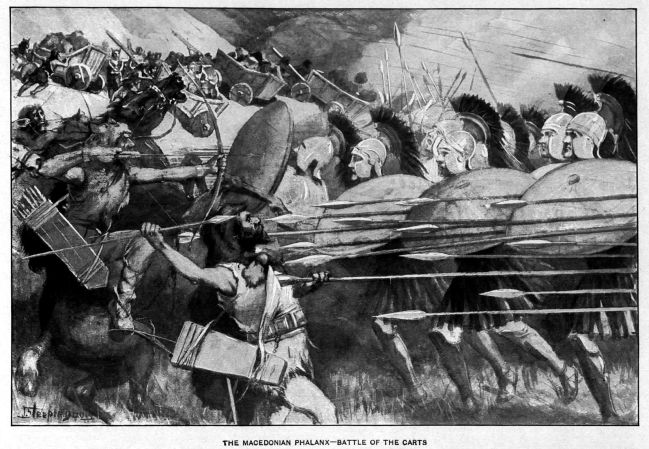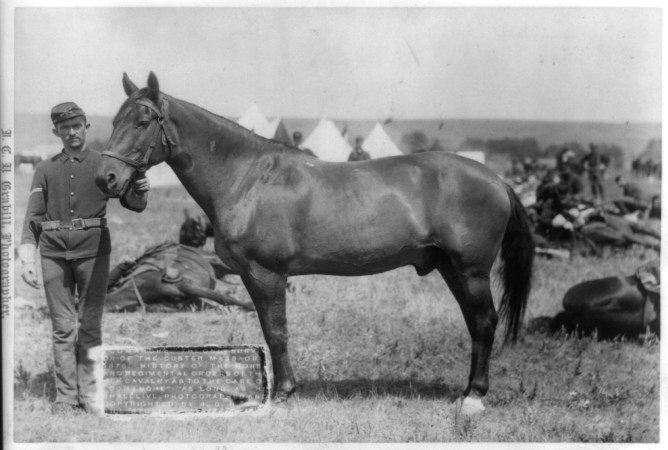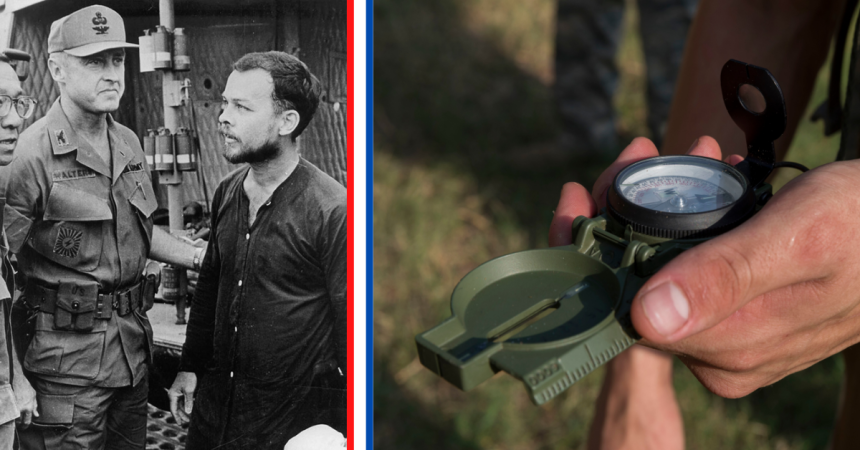There’s a long list of interesting technologies that almost made their way onto the front lines during the brutal days of World War I. In trench warfare, as troops set into position to attempt a shot, they often became the enemy’s target. They needed some way to protect themselves. To this end, Gen. Sir Sam Hughes, the Canadian Minister of Militia and Defense during the war, engineered a device that looked just like an infantryman’s shovel, but slightly modified — with a hole. It was an e-tool.
This unique invention was intended to act as a shield for allied forces and was dubbed the “MacAdam shovel,” named after Hughes’ secretary, Ena MacAdam, who sparked the idea. The E-tool was made of durable metal and was standard-issue, making this shield a potential lifesaver across the service.

In 1914, thousands of MacAdam shovels were produced for the Canadian army. However, the invention came with a few drawbacks.
First, the new shovels were made using a new, bullet-deflecting steel, making it much heavier than previous E-tools. Additionally, it didn’t have a carrying handle — as it was supposed to stick in the ground — making it more cumbersome for troops.

Secondly, the shield shovel was mass produced to deflect incoming enemy rounds — but failed to do just that. Small caliber rounds managed to drill right through.
Lastly, and most obviously, the E-tool was used for digging, which is hard to do with a hole in your shovel. After testing the shield, many military minds refused to accept the shovel as a multi-use tool.
Hughes and MacAdams’ brainchild was, ultimately, scrapped. Bummer.
Check out Simple History‘s video below for more details on this odd shield that couldn’t protect much.





